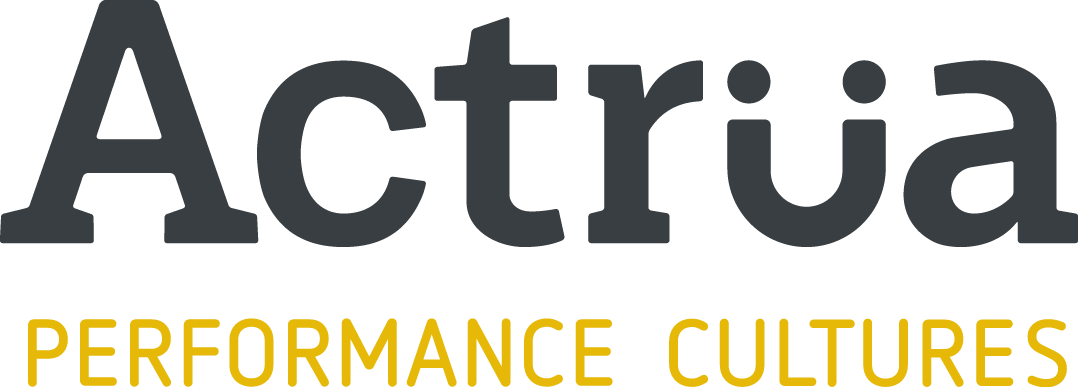There’s no doubt about it, the role of leader is becoming more challenging. Work is faster, with limited downtime, and the pace of change is multiplying. So in the 21st-century, VUCA (Volatility, Uncertainty, Complexity and Ambiguity) world, who would want to be a leader?
More and more, our leaders will be asking themselves this same question. But given these challenges, the role of leadership has never been more important. So how can we support our leaders to create a high-performing safety culture?
Here are five practical and actionable steps you can take to support your leaders:
- Build the business case – A culture of safety will lead to a reduction in incidents and injuries. But this in itself may not be enough to influence the decision-makers to invest. You may be like many at the moment who are expected to deliver on small ‘s’ safety, ie, safety that involves minimal investment and time. However a high-performing safety culture will contribute significant value to the business through increased workforce engagement, performance and productivity. The multiplier effect of culture means that any investment will be returned many times over.
- Foster Ownership – We are all doing more with less. Our organisations are flatter and there are fewer leaders to go around. This means that everyone needs to step up a level, including senior leaders, frontline leaders and the workforce. A high-performing safety culture will foster ownership and commitment. Provide the skills and opportunity for your people to play a bigger role.
- Manage critical controls – I know many operational leaders who have sleepless nights worrying whether they have done enough to protect their people. A high-performing safety culture can deliver peace of mind. Are the critical controls in place? Do you have the culture and processes in place to manage the risks effectively?; and ask; do your people have the courage to speak up if they think something is not right?
- Build Resilience – Safety culture extends beyond physical safety. It also encompasses the psychological safety risks that are prevalent in the workplaces of today. Resilience is something that can be learned and developed by leaders and teams. Importantly, resilience skill building is best delivered as a preventative measure, providing mental wellness tools and techniques before issues begin to arise.
- Coaching – Coaching can take many forms and it can be a great support for leaders at all levels. One of the challenges of leadership is finding someone you can trust and confide in. A coach can make a great sounding board, which can be so helpful to a leader under pressure. The beauty about coaching is that it can be tailored and targeted at a specific area of need, so it can be very cost effective and it can also be delivered just in time, within the workplace.
Many of the best-performing safety cultures began with just a couple of key actionable steps. The worst-performing safety cultures, well they are the ones that never started.







